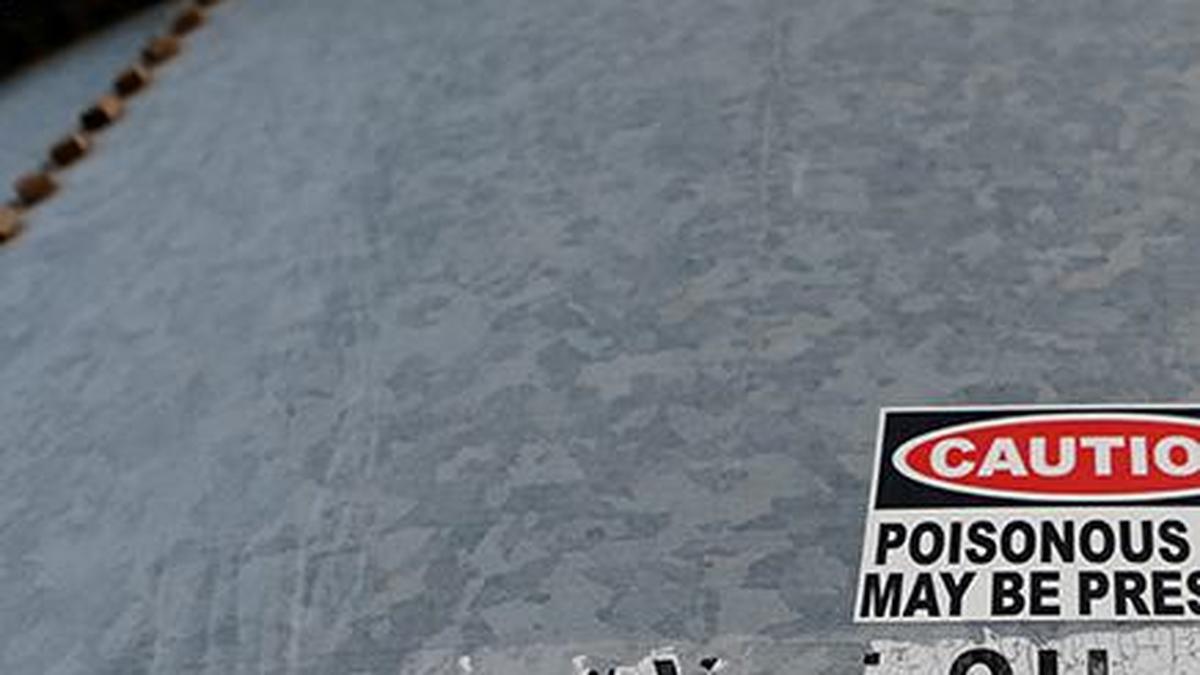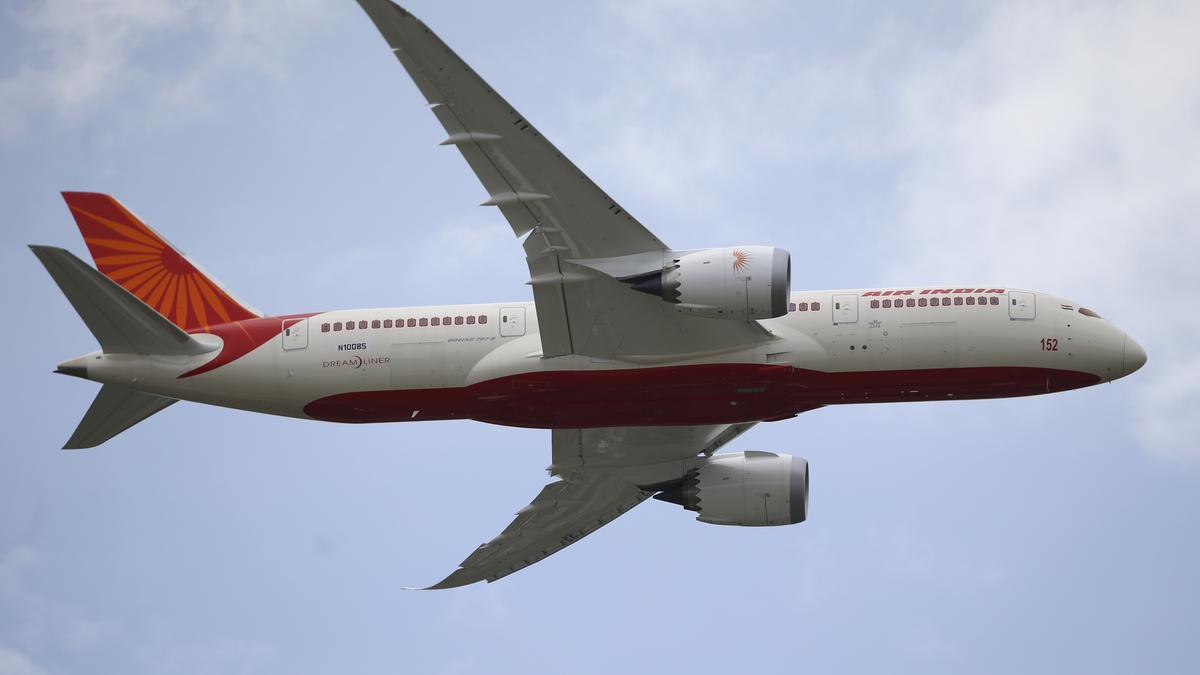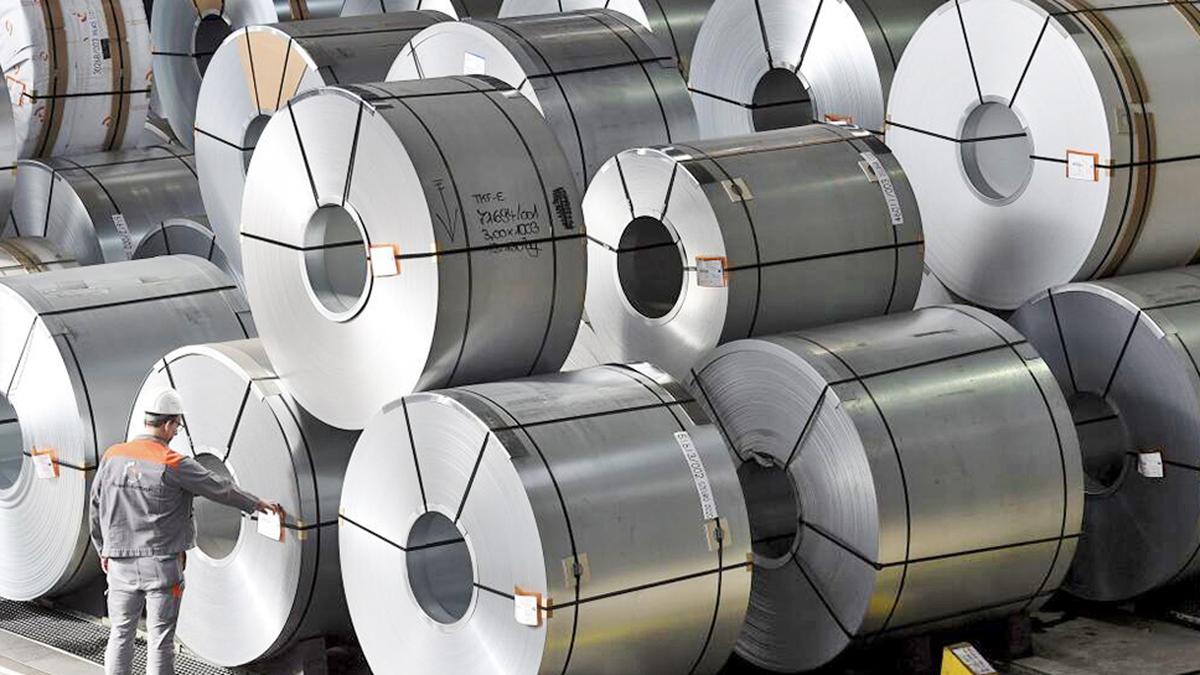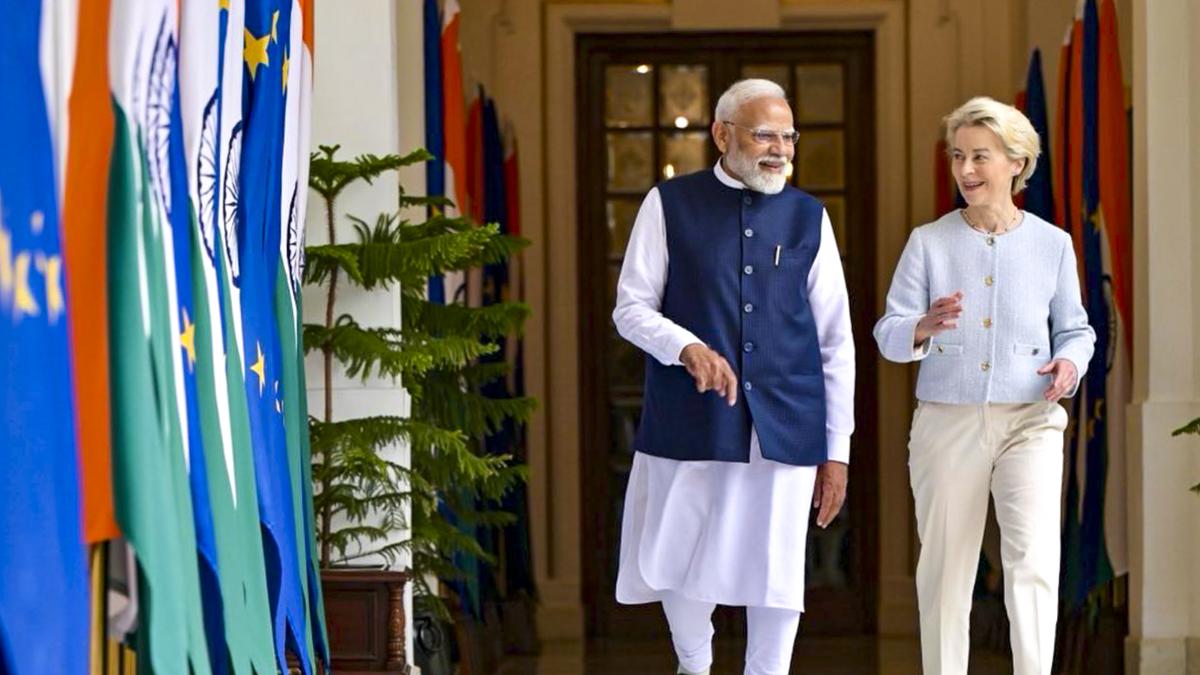We seem to be stuck in an ongoing crash — a cashless crash, to be precise. What began as hospitals withdrawing from the cashless health insurance ecosystem has now changed course, with insurers starting to suspend the facility.
At one-time, cashless hospitalisation was a premium value-add. Today, it’s a basic expectation. It’s what makes insurance usable in real life. When it is suddenly withdrawn, it’s us, the customers, who are left grasping at thin air during a medical crisis. The same fragmented, conditional access to cashless claims exists in motor cover too. But here, the complications are more subtle.
Insurer matters
Motor cover in India has two parts. The first is Third-Party (TP) insurance, which is mandatory under the law. It covers legal liability if your vehicle causes harm to others or their property. The second part is Own Damage (OD) insurance, which covers the repair or replacement of your own vehicle if it’s damaged or stolen. This is optional but widely purchased and, if you buy both together, it’s called a comprehensive policy.
Coming to cashless, it applies only for the OD part as it is about repairs, but only if you buy the policy from the right source!
New car buyers often get insurance bundled via the dealer, thanks to tie-ups with specific insurers, agents/brokers.
If there’s an accident, the claim process is seamless with the repairs: you sign a few documents, and the authorised service centre takes care of everything under a cashless arrangement.
But if you choose to buy policy from a different provider — say, one that offered better coverage or pricing— you may suddenly find yourself outside the cashless net.
The insurer might ask you to pay upfront and claim reimbursement later. In effect, access to cashless service depends less on the policy and more on the sales channel. It works well for the insurer, his sales channels and the car dealer and maker. But not you!
Other countries
In many countries, this problem has been resolved in a practical, consumer-friendly way. Neutral industry bodies or consumer associations certify and maintain a network of garages. These garages work with all insurers, under predefined contracts that standardise repair rates, quality benchmarks, and even spare parts arrangements with manufacturers.
Take the Automobile Association (AA) in the U.K., for example. It plays a central role not only in certifying garages and setting service standards but also in offering insurance products and managing claims. The result? Transparency, consistency and choice — regardless of where you buy policy. Similar arrangements exist in many countries including New Zealand and Australia. I have even seen it in Sri Lanka way back in the mid-1990s.
India’s missed chances
We do have automobile associations in India but they play only a peripheral role, mostly helping with driving licences, RTO paperwork like address change and registration formalities if you buy a resale vehicle or sell your car to someone in another State.
Being a voluntary association of vehicle owners, it has immense untapped potential to:
-
Act as an insurance aggregator, helping consumers buy policies and manage claims;
-
Certify and audit garages, ensuring standardised pricing and repair quality;
-
Negotiate with manufacturers and insurers, creating truly open networks for cashless repairs.
It would remove multiple pain points at once. Frankly the Indian vehicle owner has no clue if a recommended repair is necessary or fairly priced. Mechanics operate in a trust-based vacuum. Standardisation could bring much-needed fairness.
Fix the system
Whether it’s hospitals or garages, the cashless claims ecosystem today is a patchwork of closed loops, private arrangements, and inconsistent service. At a time when we want all Indians to be insured, this fragmentation is no longer sustainable.
We urgently need regulatory clarity from IRDAI on standardising and ensuring cashless access across sectors; stronger consumer representation, perhaps via revamped automobile associations or new third-party aggregators. The vehicle population in India is exploding. Hospital costs are rising. Insurance is no longer a luxury—it’s a necessity.
But without a functional, trustworthy, and transparent claims process, insurance fails at the one moment when it’s supposed to deliver. It’s time to bring some sanity back into the system.
(The writer is a business journalist specialising in insurance and corporate history)
Published – October 13, 2025 06:12 am IST






